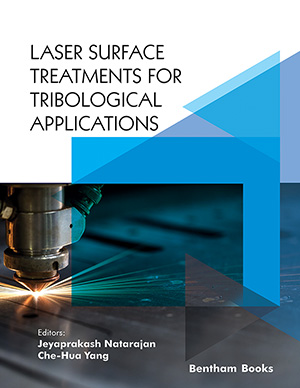Abstract
SHS investigation development is considered from the geographical and historical viewpoint. 3 stages are described. Within Stage 1 the work was carried out in the Department of the Institute of Chemical Physics in Chernogolovka where the scientific discovery had been made. At Stage 2 the interest to SHS arose in different cities and towns of the former USSR. Within Stage 3 SHS entered the international scene. Now SHS processes and products are being studied in more than 50 countries.
Abstract
The selection of metals is an essential and tricky step to achieve the product's best outcomes. Metals for industrial applications require several properties, such as ductility, malleability, hardness, strength, corrosion resistance, thermal expansion, availability, reusability, etc. When it comes to tribological applications, hardness, strength, and surface properties are the primary necessities. Alloying, heat treatment and surface treatment are the various techniques to attain these metals’ properties. Due to extensive research for a long time, many metal alloys already exist for tribological applications. However, achieving all the properties in a single metal is not possible. The product developers have to pick the appropriate metal according to the application requirements by understanding the wide variety of metals and their functional properties. Hence, this chapter gives a comprehensive reference for the various metal alloys and their applications. Firstly, metals are broadly classified based on their primary composition. Then, the metallurgical characteristics, alloying elements, physical and mechanical properties of the various metals are explained. Lastly, the tribological applications of those metals are discussed.
Keywords:
AISI 304 Stainless steel, Aluminium alloys, Babbitt, Bearing materials, Cast iron, Copper alloys, Ferrous metals, Friction, Hardness, Mechanical properties, Metallurgy, Metal alloys, Nodular cast iron, Non-ferrous metals, Steels, Superalloys, Tool steels, Tribological applications, Wear.
Recommended Chapters
We recommend

Authors:Bentham Science Books






